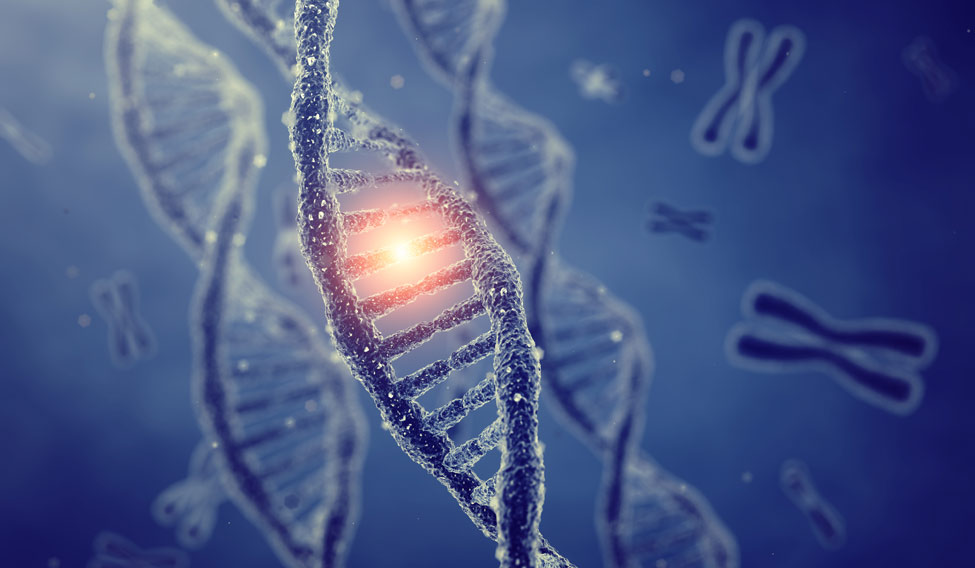If you could pick and choose genetic characteristics for your kids, would you pick them out to be athletic performers, mathematical geniuses or healthy all-rounders? While this almost sounds like the premise of the 1997 Ethan Hawke film Gattaca, it might be a reality within the next century.
Genetic engineering is a growing field, especially with the conception of a powerful gene-editing tool, CRISPR, or 'Clustered regularly interspaced short palindromic repeats' (pronounced 'crisper').
CRISPR is, essentially, a molecule that can be directed to identify and react with a select sequence in a genome. Simply put, the CRISPR tool helps scientists “edit out” genes in organisms. Cas9, a protein associated with the immune system of a certain kind of bacteria, has the ability to identify and alter foreign DNA sequences.
The whole process of locating a gene and then altering it requires only a matter of days (it took months using old techniques), and is the cheapest procedure.
Healthy crops and disease resistance
In the last four years, scientists published many papers studying and using this tool, although most are still theoretical, or at best, a tiny stepping stone.
Scientists are positive that the tool could be used to get rid of life-threatening diseases and better understand genomes. A team at University of California, US, was able to treat sickle-cell anaemia in mice by cutting out the gene responsible for it. Chinese and American scientists are working on using it to develop ways to treat cancer.
In agriculture, the possibilities are endless: CRISPR could be used to remove allergens in peanuts and even create hornless cows. Researchers at Pennsylvania State University, US, cut away a gene in white button mushrooms to slow down its tendency to brown.
Genetically Modified Organisms (GMO), which involves rounds of breeding to “transplant genes”, are different; the CRISPR can add traits into the genes of crops directly, efficiently. Food crops can be more nutritious and healthy by making them resistant to diseases or pests.
Ongoing studies across fields
There's no limit to imagining how useful CRISPR is for science, as its applicability cuts across various fields.
Researchers at the University of California Riverside, US, are working on using the tool on a kind of yeast which transforms sugar into hydrocarbons. If it works, this process could replace petrochemical dependency, which can also lead to making plastic and adhesives.
Another team hopes to use CRISPR to figure out how the resurrection plant (it “resurrects” from near-death when it rains) works, and whether they can copy this trait on to other plants.
Also, the CRISPR tool can aid studies in understanding why certain species have gone extinct, and whether it is possible to bring them back.
A 'gene drive' to alter species
Scientists have also theorised a 'gene drive', in which there's a 100 per cent certainty that a genetically modified organism passes on the altered genes to the next generation (as opposed to a 50 per cent chance in normal circumstances).
In one theory, a gene drive could be used to wipe out mosquitoes by modifying genes such that only male offspring are produced. Eventually, there would be no more mosquitoes left to breed.
But, scientists are concerned about the unforeseen ecological consequences of wiping out entire species from the environment. Besides, altering the DNA of an organism might make it stronger in other ways. To prevent such eventualities, the National Academies of Sciences in the US published a set of guidelines for scientists researching the technology.
The ethical dilemma of 'designer babies'
However, in the media and popular forums, the unethical side of the power of the gene-editing tool overshadows its benefits. If we can edit out parts of genes and treat human diseases, what will stop us from editing human embryos?
Called 'designer babies', the genetic manipulation before implanting an embryo could let parents select desired traits that can affect appearance, intelligence and personality of the child.
Yet, scientists argue that editing human genes for trait modification is a complex process even with the CRISPR tool, considering that the human genome has at least 3 billion base pairs. In a Chinese study, a simpler attempt to eliminate a gene related to a blood disease ended up a big mess with a low success rate. There's still a long way to go, pending government approval, too.
The idea of genetically-modified babies with superior intellect and resistance to illness might still be fiction, but a breakthrough with the CRISPR tool in the field of agriculture or medicine is highly anticipated.





